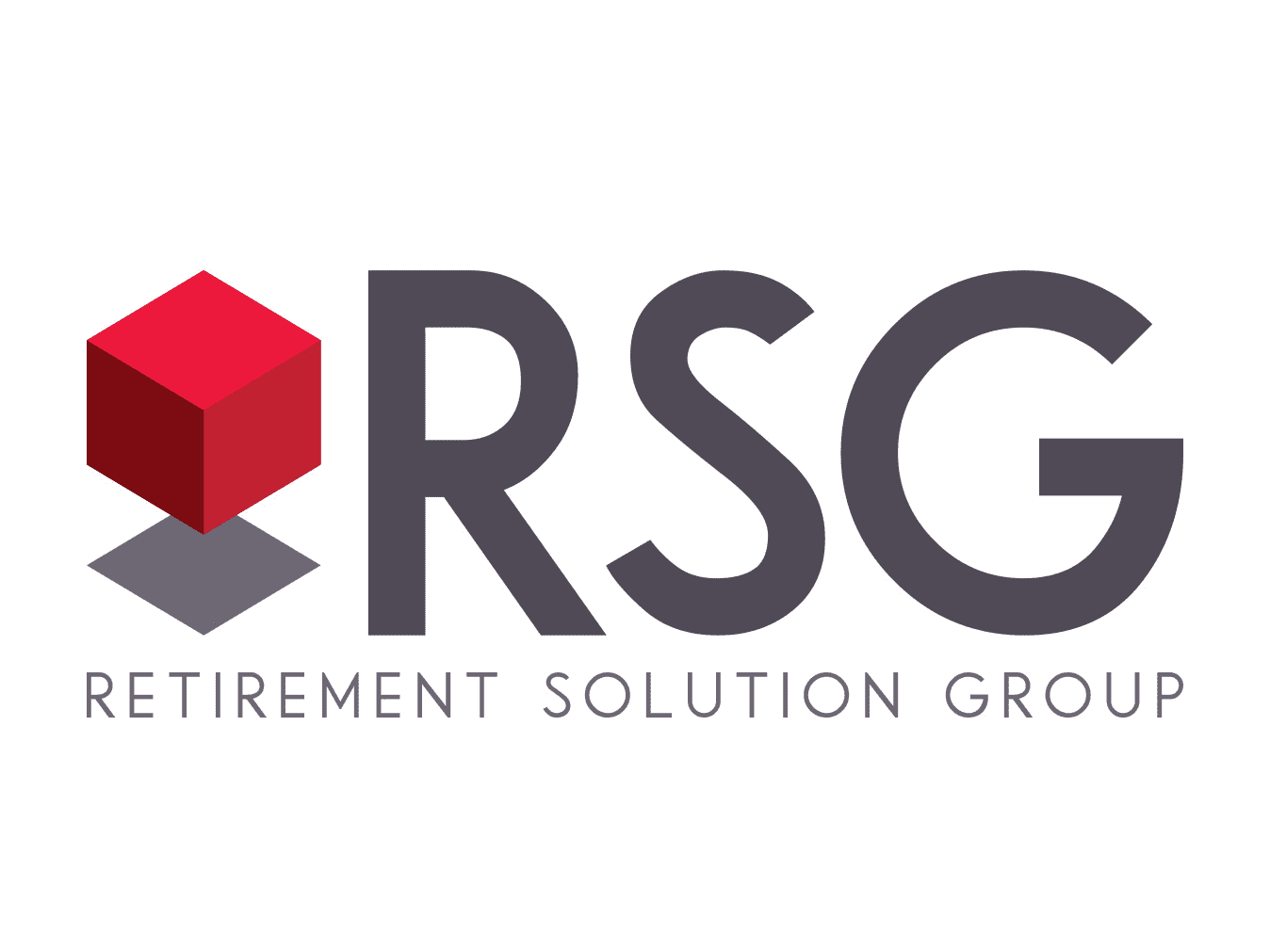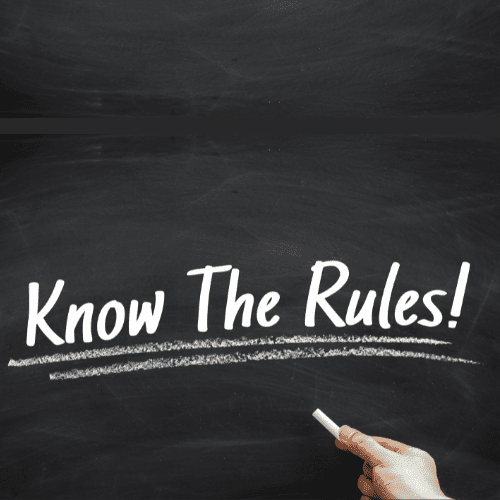How a 401(k) committee can support with plan success.
Who is making sure that your retirement plan works for you, your company, and your employees? That’s the job of your 401(k) committee! From compliance to employee education, the committee helps tailor the plan to fit your team’s needs. Let’s explore the essential tasks and responsibilities your 401(k) committee will focus on to help maintain an effective, compliant, and competitive plan..
Who should be on the 401(k) committee?
Typically, a 401(k) committee includes leaders from HR, finance, and upper management. These members act as fiduciaries, meaning they are legally required to act in the best interest of the employees. Failing to meet fiduciary responsibilities can lead to penalties or lawsuits, so it’s essential to have knowledgeable and dedicated members on the committee.
Why regular meetings matter
Committees need to meet regularly to review the plan’s performance, help ensure compliance with evolving laws, and address any potential issues. Laws like the SECURE Act can impact plan requirements, such that staying up-to-date is key to adapting innovations and staying an employer of choice.
Making sure the plan works for employees
The primary role of the committee is to ensure the 401(k) plan serves employees well. This includes checking investment options, making sure that fees are reasonable, and regularly comparing the plan to industry benchmarks. Keeping fees in check could mean more money in employees’ retirement accounts, which can significantly impact their long-term savings.
Motivating employees to participate and save
Beyond compliance and investment oversight, the committee’s most important task is motivating employees to participate and save for retirement. Tools like auto-enrollment and auto-escalation automatically enroll employees in the plan and gradually increase their savings rates. Aiming for 10-15% savings is typically appropriate for achieving long-term financial security. In fact, it is the recommended annual savings amount by industry experts.
The importance of outside help
Many businesses work with a professional advisor and third-party administrator (TPA) to manage employee 401(k) plans. Advisors can help with documentation, market updates, selecting appropriate investment options, and employee education. They also keep the committee updated on legal and regulatory changes.
Customizing the plan design
The 401(k) committee also has the flexibility to adjust the plan’s design to meet employees’ needs better. This might include adding Roth options, changing the employer match, or introducing profit-sharing features. A customized plan can make a big difference in employee satisfaction and savings outcomes.
Benchmarking for success
To help ensure that your 401(k) plan stays competitive, the committee should regularly compare it to similar plans in your industry. This includes evaluating fees, participation rates, and investment choices. By benchmarking, you can help ensure your plan is not only compliant but also an attractive benefit for your employees, helping you attract and retain top talent.
Educating employees about the plan
Effective communication is crucial. The committee should take steps to regularly educate employees about the plan’s features and encourage them to save intentionally. This may include workshops, emails, and one-on-one meetings. When employees understand the plan, they’re more likely to take full advantage of it.
Helping employees retire successfully
Ultimately, the committee’s goal is to help employees retire with confidence. By monitoring plan performance, ensuring fair fees, and promoting higher savings, the committee plays a vital role in setting employees up for a successful financial future.
Managing a 401(k) plan can be complex, but with a well-run committee, it can be a valuable benefit for both your company and your employees. By focusing on compliance, cost control, and encouraging participation, the committee can work to meet everyone’s needs..
This information was developed as a general guide to educate plan sponsors and is not intended as authoritative guidance or tax/legal advice. Each plan has unique requirements, and you should consult your attorney or tax advisor for guidance on your specific situation. ©401(k) Marketing LLC. All rights reserved. Proprietary and confidential. Do not copy or distribute outside original intent.



